
The palace and grounds at Versailles, a UNESCO World Heritage Site about 22km from the centre of Paris, were born of envy: Louis XIV was so jealous of the Château Vaux-le-Vicomte, which belonged to his Finance Minister, that he ordered the team who built it to design him something a hundred times as grand! And yes, it did set new standard for royal palaces and was soon the envy of every monarch in Europe.
Louis, Louis, louis and marie antoinette
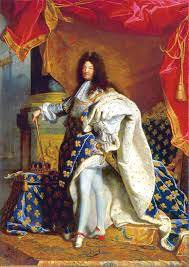
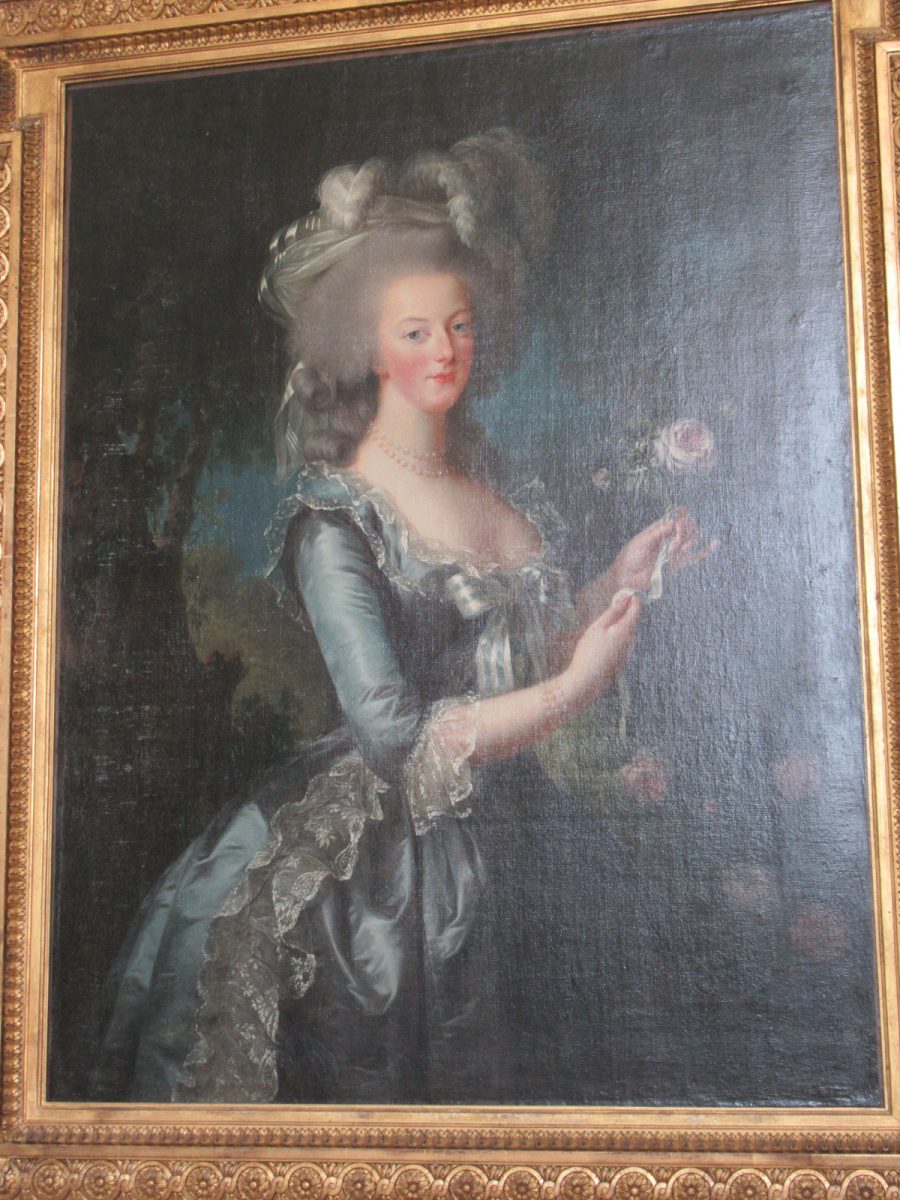
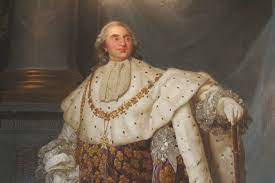
Louis XIV, who reigned for over 60 years, saw transforming the little hunting lodge his father had built outside Paris into a splendid palace as a way of retreating from the politics of the court in central Paris and doing much more of what he pleased. It was to be set in beautifully landscaped gardens and surrounded by 900 acres of parkland and was his life’s work. By 1715, when Louis died, the palace was still not quite finished, but was said to have been a building site for over 50 years.
The palace was enjoyed by subsequent monarchs too. Louis XV continued the decadent lifestyle enjoyed by his predecessor, entertaining his many mistresses here, the best-known being Madame de Pompadour, and inviting a host of musicians and actors to entertain the court, including a very young Mozart. The lavish living and extravagant entertaining of Louis XVI and his queen, Marie-Antoinette is well-documented, as is the way it came crashing to an end in the French Revolution. They were ‘escorted’ back to central Paris and kept under guard in the Tuileries Palace, then both tried and executed by guillotine.
the hall of mirrors
Surely the Hall of Mirrors is what you will most remember from a tour of the Place of Versailles. The long, stunning long room was designed for Louis XIV to show off the fact that he could afford plenty of glass, a new and expensive product in the late 17th century. The 17 windows along one side are matched by 17 mirrors opposite them, all designed to catch the light. Gilded statues and silver furniture are everywhere, so that when Louis had 4000 candles lit in the evenings, the whole room shimmered and shone. And it was all topped off by a glorious painted ceiling, depicting his victories in battle.
A Lavish Lifestyle
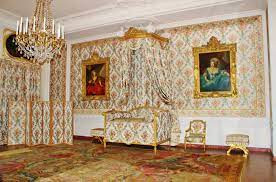
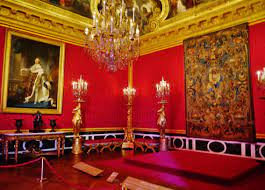
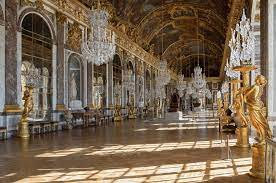
Modesty was not one of Louis XIV’s qualities. When he became king, aged 4 ½, his own mother bowed to him and from that moment on he had everything his own way, so it’s little wonder that he grew into such a self-indulgent adult. He had the King’s Apartments decorated with frescos of marble and gold and carvings of mythical Greek and Roman figures. In the Salon d’Apollon, his Throne Room, the decoration revolves around Apollo, the Greek god of the sun, with whom Louis identified, seeing himself as ‘the Sun King’. His orders were not to be questioned and to anyone who tried, he would reply ‘Such is our pleasure’, or in modern English ‘We’ll do it my way.’
Louis kept some 3000 servants at court, most of whom spent their time jostling for his favour. His morning and evening routines – the ‘levée’ and ‘couchée’ – were attended by up to 100 courtiers, the most privileged of whom were charged with handing him a candle or removing his chamber pot. Three times a week, the magnificent royal apartments were opened up for ‘soirées’, when different rooms were used for music, food, dancing, gambling and billiards. The men wore bouffant blouses, decorated with lace and ribbons, knee-length breeches, long flowing hair and feathered hats. As for the women, in low cut dresses and tight corsets, the length of their train represented their status, as did their ever-more-extravagant, piled-high hairstyles.
The Truth Beneath The Splendour
The finery hid the underlying filthy conditions in the palace, where a lack of latrines meant people routinely relieved themselves in corridors. The Queen’s Apartments were sumptuously decorated – think gold leaf, chandeliers, expensive woven wall-hangings – but the royal ladies had to give birth there, with an audience of doctors, court officials and churchmen all watching intently. Queen Marie-Thérèse gave birth to many children there, six of whom lived, but all of whom then died in childhood. To know too that Louis had a further 12 children with three named mistresses – and others too? – and an affair with his brother’s wife Henriette, is to understand how unhappy the queen must often have been, despite the splendour which surrounded her.
Later Moments of History
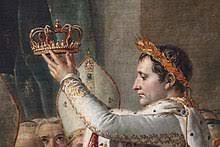
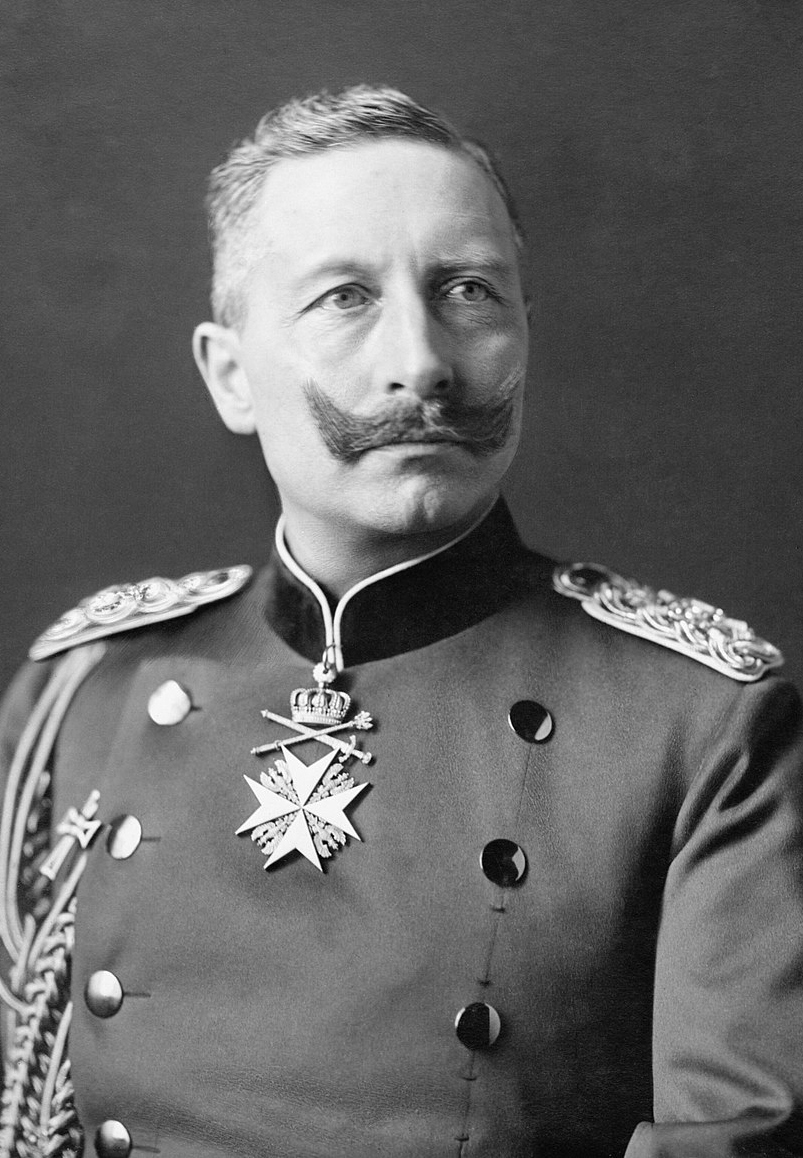
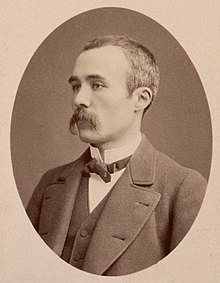
Under Republican control after the revolution, many of the chateau’s contents were sold off to raise funds. A few years later, Napoleon set up quarters at Versailles, with thoughts of turning into a seat of power for himself. Later, Versailles saw some pivotal moments in French history. France was humiliated after defeat by the Prussians in 1870, when Wilhelm I chose the lavish Hall of Mirrors to crown himself Emperor. In 1919, when Germany had been defeated by France and her allies, it was exactly here that the Germans were made to sign the Treaty of Versailles, a moment that must have been particularly sweet for the French president, Georges Clémenceau.
glorious gardens
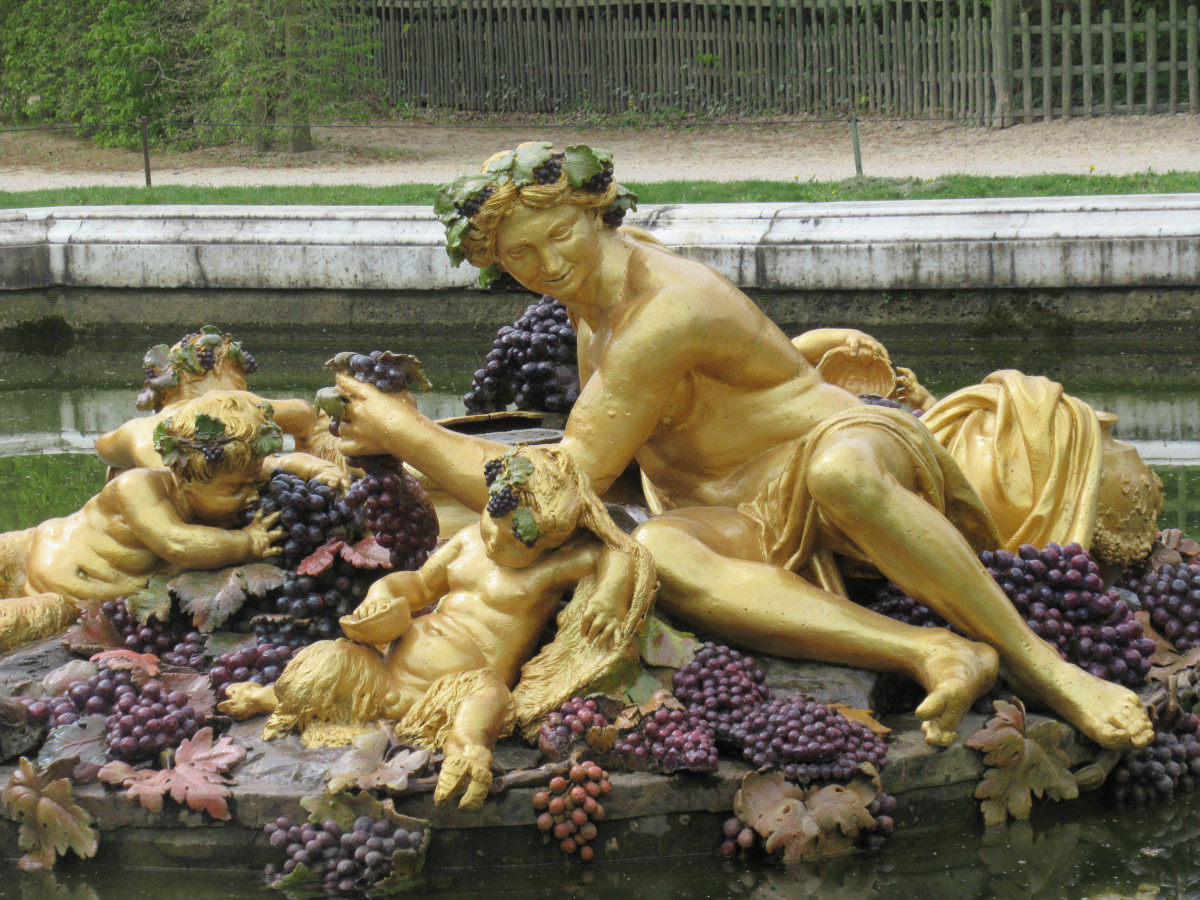
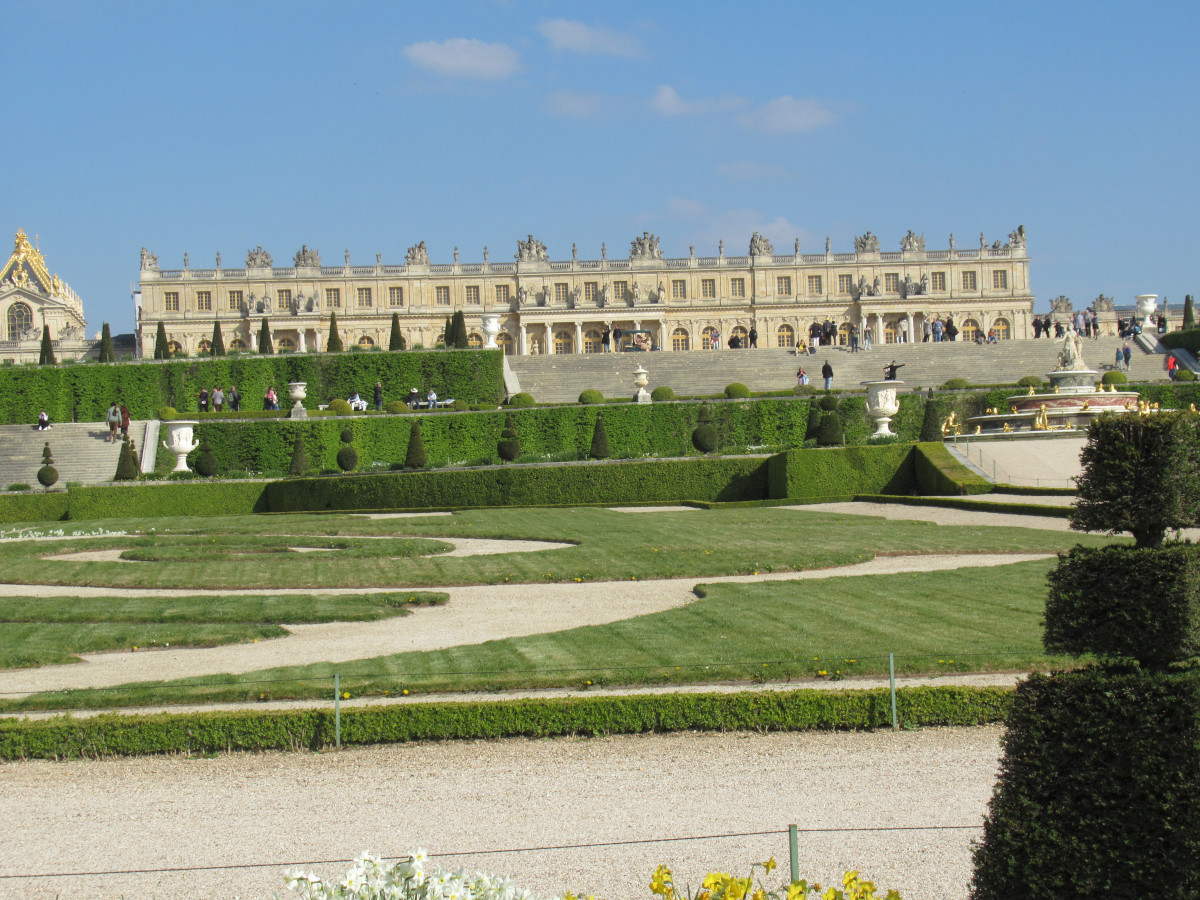
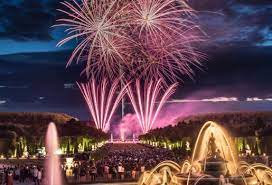
Don’t miss the gardens! Louis brought in 330 ‘terrassiers’ to dig it out and employed André le Nôtre, the era’s most famous garden designer, to pull out all the stops. The Grand Canal, positioned to reflect the setting sun, is 1.6km long, crossing over the Petit Canal, and giving the garden its structure. For the rest, no expense was spared: fountains, walkways, topiary, sculptures commissioned from the best artists of the day, many of them Italian, an orangerie to house the exotic plants which were just coming in to fashion. Louis was hugely proud of the gardens, showing visitors around himself and writing a guidebook to it.
Spectacular Shows
The gardens were the scene for some of his most spectacular special events. ‘Les plaisirs de l’île enchanté’ – or ‘The delights of the enchanted island’ – was held in the summer of 1664. There were three days of jousting, dancing, pageants, fireworks and candle-lit banquets, and Louis also commissioned the playwright Molière to write a new comedy-ballet, an entertainment in which scenes from a play were interspersed with music and ballet. To capture some of the atmosphere, consider attending a summer ‘Night Fountains Show’, when, as the Versailles website puts it, ‘the gardens are transformed to offer a stunning visual and musical treat as fountains and groves come alive with colourful and dramatic lighting effects’.
Versailles shows you life as it was enjoyed by the (very) few during the glorious 17th and 18th centuries at the French court. It also helps to explain why the French eventually overthrew their monarchy. It is a visit not to be missed and one for which you should allow a whole day.
Listen to the podcast
Reading suggestions
Louis XIV The Power and the Glory by Josephine Wilkinson
Marie Antoinette by Antonia Fraser
Versailles by Colin Jones
useful Links
Previous Episode Two Paris Cathedrals: Notre Dame and St Denis
Next Episode Revolutionary Paris
Last Updated on January 30, 2025 by Marian Jones






